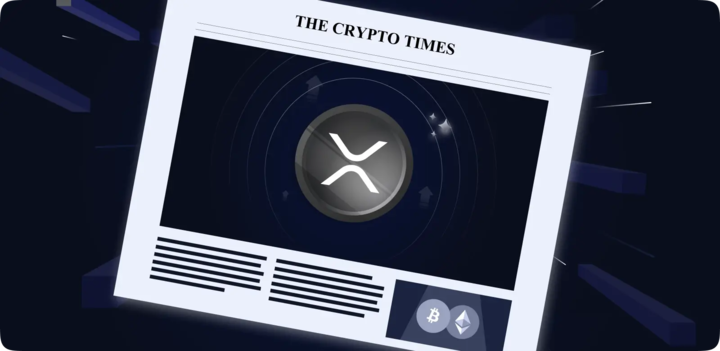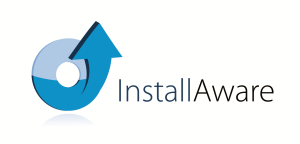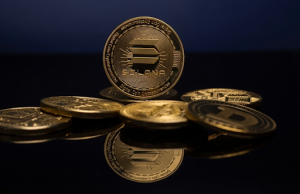The Three-Year Outlook for XRP: Regulation, Utility, and the Road to Institutional Adoption

As the global cryptocurrency market matures, XRP — the digital asset developed by Ripple Labs — stands at a pivotal juncture. Once mired in regulatory uncertainty, the token is now regaining momentum as legal clarity improves and cross-border payment solutions gain institutional attention. Over the next three years, XRP’s trajectory will likely hinge on three critical factors: global regulatory developments, adoption by financial institutions, and the broader evolution of blockchain-based payment systems. With mounting optimism surrounding its long-term role in international finance, XRP may be poised for a strategic resurgence in the digital asset ecosystem.
A Rebuilding Phase After Legal Clarity
The resolution of Ripple’s long-standing legal battle with regulators has marked a turning point for XRP’s market narrative. The U.S. court’s distinction between XRP’s secondary market sales and direct institutional offerings provided long-awaited clarity, restoring investor confidence and enabling exchanges to relist the asset.
This legal clarity has been a vital catalyst for market re-entry by traders and institutions previously cautious of compliance risks. Analysts suggest that the ruling may pave the way for increased regulatory acceptance in other jurisdictions, potentially encouraging banks, payment processors, and fintech firms to re-engage with Ripple’s blockchain solutions.
In the next three years, Ripple’s renewed compliance strategy and continued dialogue with global regulators are expected to stabilize XRP’s perception — shifting it from a contentious crypto asset to a legitimate tool for cross-border finance.
Expanding Utility in Cross-Border Transactions
At the heart of XRP’s value proposition is its ability to facilitate instant, low-cost international money transfers. RippleNet — the company’s blockchain-based payment network — uses XRP as a bridge currency to enable real-time settlements across different fiat systems.
This technological edge offers a solution to long-standing inefficiencies in the traditional financial system, particularly the slow and costly nature of international remittances. As global remittance flows exceed Rs. 25 lakh crore annually, financial institutions are increasingly exploring blockchain solutions to improve transparency and cost-effectiveness.
Over the next few years, Ripple aims to expand its presence in emerging markets across Asia, Africa, and Latin America, where remittance volumes and foreign exchange demands are highest. If Ripple continues to secure partnerships with banks and payment companies, XRP could become a standard liquidity tool in international settlements — potentially driving sustained demand and utility-based price growth.
Institutional Adoption and Strategic Partnerships
Institutional participation will likely define XRP’s next growth phase. Ripple has already established relationships with several financial giants and central banks exploring digital currency interoperability. With the growing focus on Central Bank Digital Currencies (CBDCs), Ripple’s blockchain infrastructure positions XRP as a potential interoperability layer between sovereign digital assets.
In the coming years, institutional demand could be fueled by Ripple’s enterprise-grade blockchain solutions that offer compliance-friendly pathways for digital asset integration. Analysts anticipate that if macroeconomic conditions stabilize and regulatory frameworks solidify, XRP could transition from a speculative token to a critical liquidity instrument in regulated digital finance.
Moreover, Ripple’s push into decentralized finance (DeFi) and tokenization may further diversify XRP’s applications beyond payments — potentially integrating with smart contracts and real-world asset settlements.
Market Performance and Price Projections
XRP’s future performance will depend on the interplay between global regulation, market sentiment, and adoption speed. Currently ranked among the top cryptocurrencies by market capitalization, XRP has maintained a strong liquidity profile despite broader market volatility.
In a moderate growth scenario, analysts foresee XRP trading within a range of Rs. 170 to Rs. 300 over the next three years, assuming steady institutional integration and moderate retail demand. A bullish case, driven by large-scale cross-border adoption and favorable regulatory shifts, could push valuations significantly higher. Conversely, delays in regulatory harmonization or competitive advances from alternative blockchain networks could temper growth.
Regardless of price fluctuations, the token’s long-term resilience will likely depend on sustained real-world use cases — an area where XRP already holds a first-mover advantage.
Risks and Challenges Ahead
Despite its potential, XRP faces headwinds that could influence its mid-term trajectory. Competing blockchain platforms are rapidly enhancing scalability and transaction efficiency, while stablecoins and CBDCs threaten to capture a share of the cross-border settlement market.
Additionally, regulatory fragmentation across countries may limit seamless adoption. While some jurisdictions are moving toward crypto-friendly legislation, others remain cautious, demanding higher transparency and oversight for digital asset operations. Ripple’s success will depend on how effectively it navigates these geopolitical and policy complexities.
Conclusion
XRP’s next three years will likely define its place in the digital financial hierarchy. With regulatory clarity improving, institutional partnerships expanding, and the promise of blockchain-powered global payments becoming more tangible, the token appears poised for gradual but sustainable growth.
If Ripple continues to execute on its vision of frictionless, borderless finance, XRP could transition from a speculative crypto asset to a cornerstone of the new digital monetary infrastructure. In essence, the coming years may transform XRP from a symbol of legal uncertainty into a benchmark for regulated blockchain innovation.




